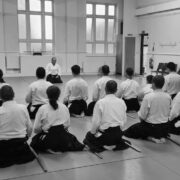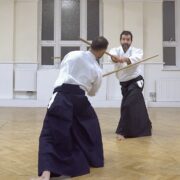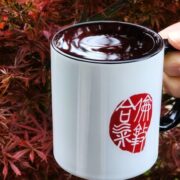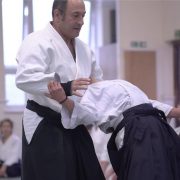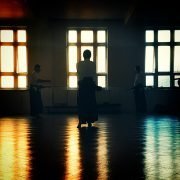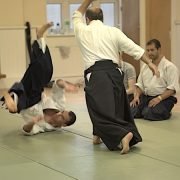“I Don’t like Frank Sinatra but …. “
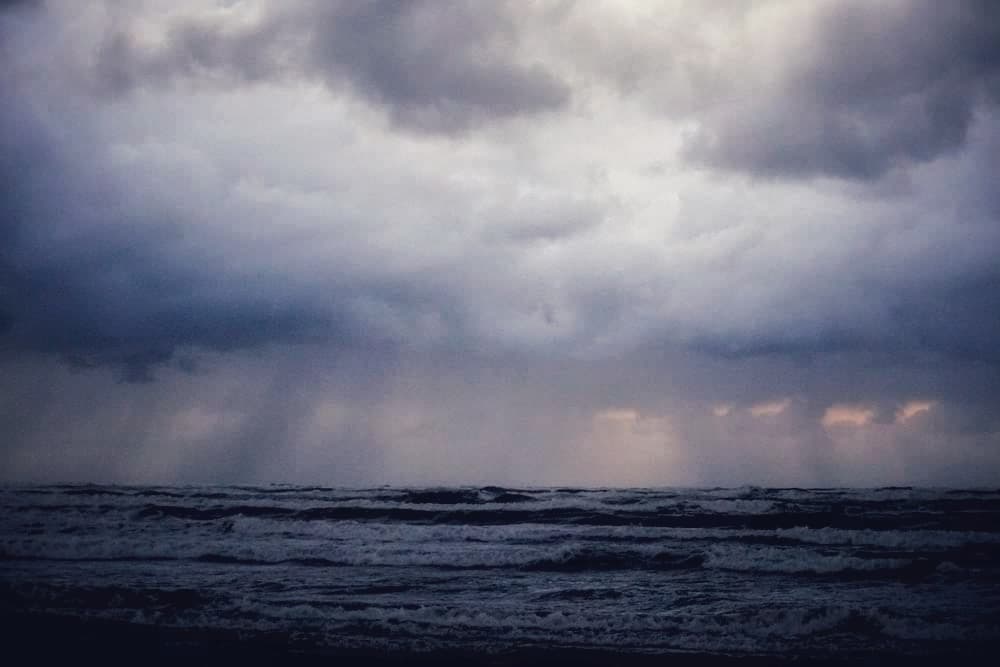
It was in an interview, I think back in the 70’s when Frank Sinatra spoke quite freely about the notion that “less is more.” He was an admirer of Japanese Noh theatre and appreciated how they were able to form an entire scene expressing incredible feeling and emotion as the story would unfold. This was all carried out with very little seemingly done to achieve it. He liked this and used it in his own performances to great effect, where a hand gesture or a tilt of the head, a motion here or there would convey so much more than big gestures or dramatic moves during his many live performances. Now I don’t really like Frank Sinatra, the whole crooner scene was never my cup of tea, but no one can deny his talent and voice or his charisma. He was of course right as he described a form of art and entertainment that is no longer prevalent today. Modern or contemporary video and film together with vast stadiums in pop or rock music performances demand visual spectacle. The crooners style would be lost in this context.
Another genre is action movies which need huge movements to make any impression. The late Bruce Lee made this into an art form of his own back in the early 70’s. Wing Chung is not impressive visually when done right. He knew this and so went on to create a “fighting” language that worked incredibly well in cinema. He also had the charisma to fill the screen which needless to say helps with all this. It was not however his real training as a martial artist and as he would himself admit, a means to entertain us. Nonetheless it was fantastic to watch this incredible talent doing what he did.
Aikido and the work achieved through it is ultimately “invisible”. Sometimes there is an indication here or there of “what lies beneath” but the work done is “inside.” We can do big movements, after all these are easier to learn from. It is good conditioning and visually clear. Although if we are to retain any substance in these big moves, it then becomes a huge task to deliver. If the moves are large but lack substance then they become empty and devoid of any meaning.
We are to varying degrees familiar with the history of Morihei Ueshiba, the founder of Aikido. His story is extraordinary by any standards. From his training to the Russo Japanese War, his Hokkaido adventures and let us not forget his time in Manchuria. Above all was his prolific study in the Japanese martial arts. The films of him however, reveal almost nothing about him. There is nothing in them that suggests a martial arts genius. Chiba Sensei spoke about the late Koichi Tohei when he was teaching in the 60’s or 70’s in or near Newcastle. He was perturbed by the lack of awareness the students had towards Tohei. “Do you know who this is?” he thought to himself. “Do you not know what this mans capabilities are and what he has achieved?” He realised that they did not. My own thoughts were “how could they?” He was giving a clear message while explaining this to us. That here was a giant of budo and no one could see it? What were they looking at?
The use of social media and visual media in particular has become the norm today. We inform the public of our various activities and use various tools in order to do this. Filming or photographing Aikido effectively is not easy. People are usually drawn to only the outer shape or form. This could be a beautiful and aesthetic form or an acrobatic form or some kind of combat ready jujitsu, it makes no difference. It doesn’t effectively reveal the depth of the art. It can never transfer the feeling or the essence of training. Unlike music and therefore unlike Frank Sinatra, there is no voice we have that can tell our story – performed with a gesture or well placed nod to accentuate or diminish a phrase or two during the song. We have but a moment where we can “encounter” with another person, and it has to all be there, mind/body/spirit – condensed in time and space.
I return to Japanese theatre or at least a more modern form relatively speaking. I went to see a performer who was visiting the UK for the first time. It was at the Sadler Wells in London. His lineage in his tradition was from at least 3 or 4 generations and he the chosen heir since he was a child. I think he may even have been a Living national treasure, a rare position. He would perform the female role for the entire performance, solo. Only an assemble of musicians were there to accompany him. The set whilst beautiful was minimal and didn’t distract form the performer. I don’t speak or understand Japanese well and from what I understand the Japanese used in this show was a form that most modern Japanese would not recognise either. It didn’t matter as it was not needed. The style of the performance carried the story, somehow you knew what was going on. His ability to do this was quite something and to do it successfully with a foreign audience even more so. It was a remarkably beautiful and melancholy piece. Once more it was not my type of entertainment but one that I was glad to experience. The artist was able to express what lies beneath the surface, making the “invisible”, “visible.” The “invisible” is such a crucial aspect of traditional Japanese culture.
“Ken no me” and “kan no me.” These are terms whilst ancient in tradition are used today in modern Kendo training. It refers to observing with 2 eyes. The “first eye” sees and watches the movement and kata or technique. The fact that many students struggle to see even this is testimony to the difficulty people face when observing during class. It begs the question, do people see the position of the feet, the hands, the posture, the distance between participants and so much more. If I can take a quote from Sherlock Holmes “You see but you do not observe.” The 2nd way to “see” has more to do with insight and intuition cultivated over years of training. Call it experience or feel. It is a quality all the great teachers have. Chiba Sensei had it in spades and it is something that is either lacking today or maybe people are looking for something else? I don’t know to be honest as trying to get to grips with all this was more than enough for me.

